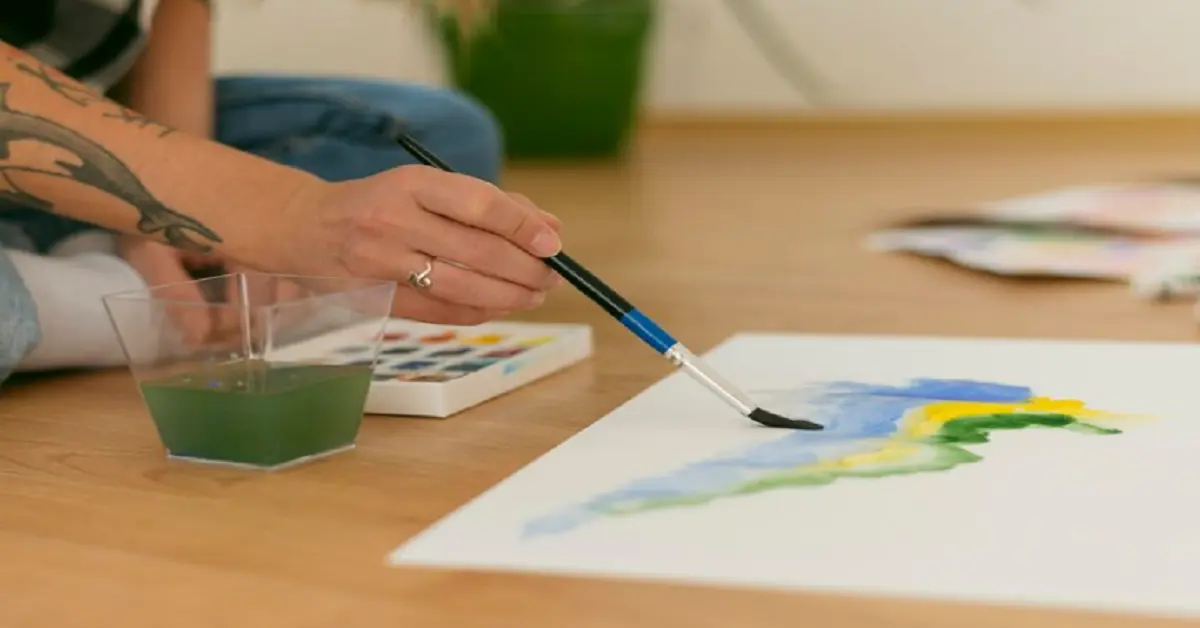The Significance of Drawings: Exploring Techniques and Benefits

Introduction
cool:92gbuagxunc= drawings .Drawing has been a fundamental form of expression and communication for centuries. From the cave paintings of our ancestors to the sophisticated digital art of today, drawings play a crucial role in documenting and interpreting the world around us. Whether you’re an artist, an engineer, or simply someone who enjoys doodling in their spare time, the art of drawing holds a special place in our lives.
The Significance of Drawings
Historical Perspective
Drawings have been part of human history for thousands of years. The earliest known drawings, found in caves such as Lascaux in France, date back to around 30,000 BCE. These ancient artworks provide insight into the lives and beliefs of prehistoric humans, serving as a visual record of their experiences.
Modern-Day Relevance
In contemporary times, drawings continue to be a vital form of expression. They are used in various fields, from art and design to science and engineering. Drawings help communicate complex ideas, create blueprints for buildings and machinery, and bring imaginative worlds to life in books and movies. cool:92gbuagxunc= drawings
Types of Drawings
Artistic Drawings
Artistic drawings focus on creativity and aesthetic appeal. They can range from realistic portraits to abstract compositions.
Pencil Sketches
Pencil sketches are one of the most accessible forms of drawing, requiring only a pencil and paper. They can capture intricate details and subtle shading.
Charcoal Drawings
Charcoal is another popular medium for drawing, known for its rich, deep blacks and ability to create dramatic contrasts.
Digital Art
Digital art combines traditional drawing techniques with modern technology, allowing artists to create on tablets and computers.
Technical Drawings
Technical drawings are precise, detailed representations used in professional fields.
Architectural Drawings
Architectural drawings provide detailed plans and elevations of buildings, helping architects and builders visualize the final structure.
Engineering Drawings
Engineering drawings are used to design machinery and components, ensuring they function correctly and fit together properly. cool:92gbuagxunc= drawings
CAD Drawings
Computer-Aided Design (CAD) drawings are digital versions of technical drawings, created using specialized software.
Illustrative Drawings
Illustrative drawings tell stories and convey information visually.
Comics and Cartoons
Comics and cartoons use drawing to create characters and narratives, often combining humor with visual storytelling.
Scientific Illustrations
Scientific illustrations depict complex concepts and organisms, helping to explain them clearly and accurately.
Medical Illustrations
Medical illustrations provide detailed images of anatomical structures, aiding in education and communication within the healthcare field.
Tools and Materials for Drawings
Traditional Tools
Traditional drawing tools include pencils, charcoal, ink, and paper. Each medium offers unique qualities and challenges.
Digital Tools
Digital tools, such as drawing tablets and software like Adobe Photoshop and Procreate, have revolutionized the way artists create.
Essential Materials
For both traditional and digital drawing, having the right materials is crucial. Quality paper, various pencils, and reliable software can make a significant difference in the final result.
Techniques and Styles
Realism
Realism focuses on accurately depicting subjects as they appear in real life. This style requires careful observation and precise technique.
Abstract
Abstract drawing emphasizes shapes, colors, and forms rather than realistic representation. It allows for more personal interpretation and expression.
Expressionism
Expressionism aims to convey emotions and ideas, often through exaggerated and distorted forms.
Learning to Draw
Basic Principles
Learning to draw starts with understanding basic principles such as proportion, perspective, and shading.
Advanced Techniques
As you progress, advanced techniques like cross-hatching, blending, and using various media can enhance your skills.
Online Resources
The internet is a treasure trove of resources for aspiring artists, offering tutorials, courses, and communities to help you grow.
The Role of Technology in Drawings
Software and Applications
Software like Photoshop, Illustrator, and Procreate offer powerful tools for creating digital art, making it easier to experiment and refine your work. cool:92gbuagxunc= drawings
Impact on Traditional Drawing Methods
While digital tools have become popular, traditional methods still hold value. Many artists use a combination of both to achieve their desired results.
Future Trends
The future of drawing may see further integration of technology, with advancements in AI and virtual reality offering new possibilities.
Drawing as a Profession
Career Opportunities
Careers in drawing are diverse, ranging from fine arts and illustration to technical fields like architecture and engineering.
Education and Training
Formal education can provide a solid foundation, but many successful artists are self-taught. Continuous practice and learning are key.
Success Stories
Many renowned artists started with simple sketches. Their dedication and unique styles propelled them to fame and success.
Therapeutic Benefits of Drawing
Mental Health Benefits
Drawing can be a therapeutic activity, helping to reduce stress and anxiety. It allows for self-expression and emotional release.
Stress Relief
The act of drawing can be meditative, providing a break from daily pressures and fostering a sense of calm.
Cognitive Improvements
Engaging in drawing exercises the brain, improving hand-eye coordination, problem-solving skills, and creativity.
Challenges in Drawing
Common Obstacles
Artists often face challenges such as creative blocks, self-doubt, and the struggle to improve their skills.
Overcoming Creative Blocks
Taking breaks, seeking inspiration from other artists, and trying new techniques can help overcome creative blocks.
Maintaining Motivation
Setting goals, joining art communities, and celebrating small achievements can keep you motivated.
Inspiration and Creativity
Finding Inspiration
Inspiration can come from many sources, including nature, literature, and everyday life. Keeping a sketchbook can help capture fleeting ideas.
Cultivating Creativity
Experimenting with different styles and media, and staying curious, are essential for fostering creativity.
Staying Original
Developing a unique style takes time and practice. It’s important to stay true to your vision and not be overly influenced by trends.
Conclusion
cool:92gbuagxunc= drawings .Drawings are more than just lines on paper; they are a reflection of our thoughts, emotions, and understanding of the world. Whether you draw for fun, as a career, or for therapeutic purposes, the act of drawing can enrich your life in countless ways. Embrace the journey, explore different techniques, and let your creativity flourish.